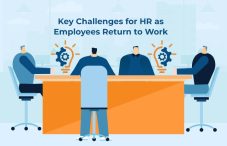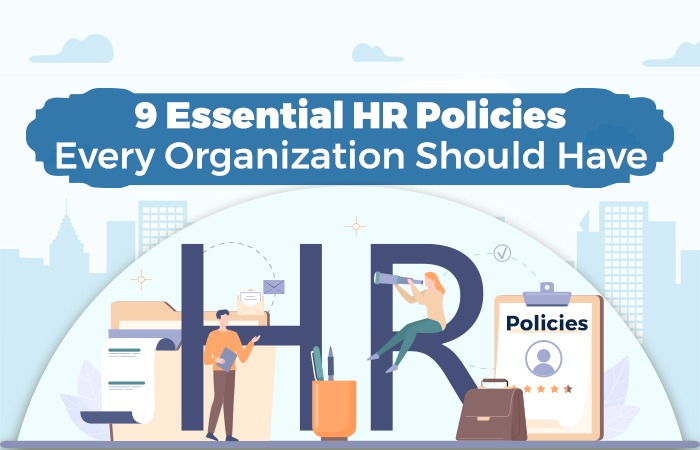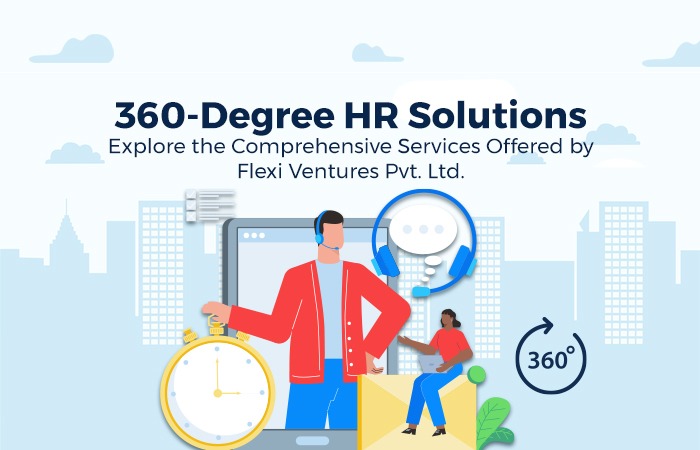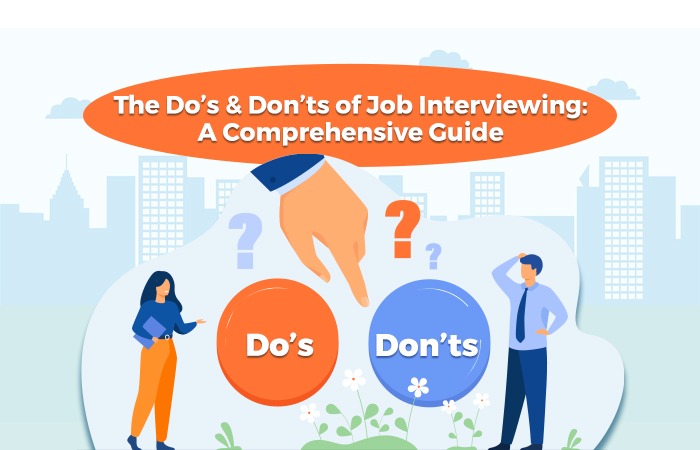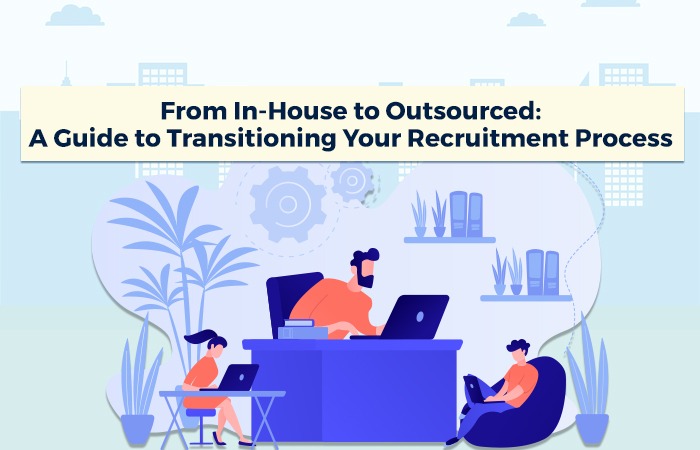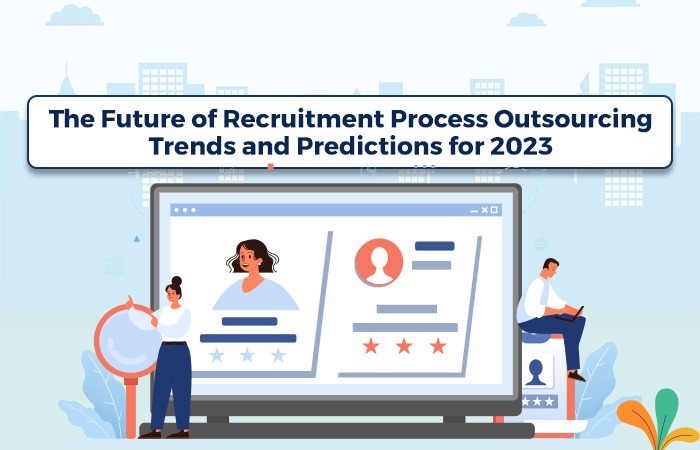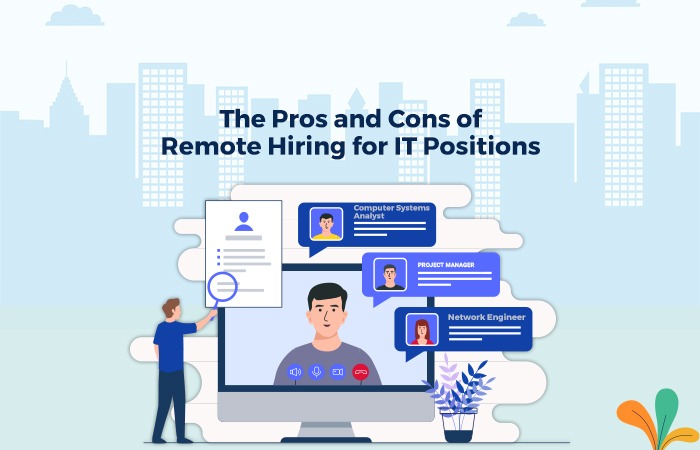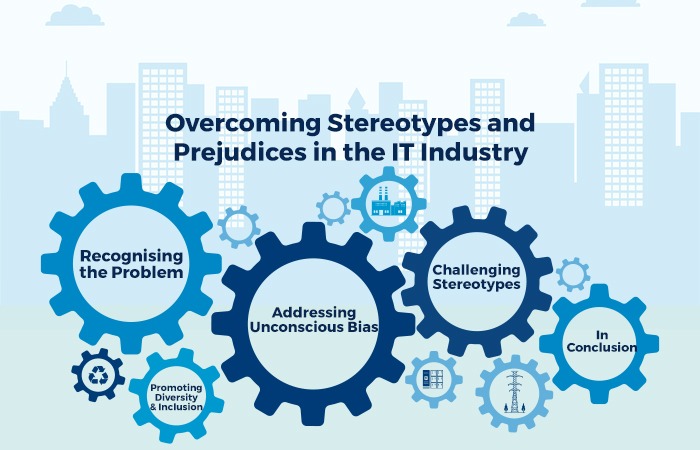India has managed to reach the 1 billion vaccination mark at a remarkable speed and now with the number of vaccinated people increasing every day, businesses are opening and encouraging employees to come back to office.
However positive this may sound, there are many challenges that HR is facing in the current scenario.
Let us look at the top 5 challenges that HR will face and what can you do to help your organisation and the employees.
1 – Social Distancing and Other Norms
In a study conducted by a Workplace Design Firm, around 60% respondents felt it was important to address a phased re-entry into the work environment.
One of the biggest challenges for companies calling employees back to office is going to be accommodating them in the current workspace considering the social distancing norms of 6 feet distance. 100% attendance may not be possible at this point of time, especially for large corporates and they will have to chart out an attendance plan based on who do they want in office more than others and how often.
Hygiene and sanitization are another important aspect that will have to be considered especially for areas that are more frequently used like the elevators, cafeterias, etc. Travel cost also needs to be considered where public transport is not yet opened for everyone or is not a safe option.
All this will add extra burden on the costs and hence it is a very critical aspect for deliberation before the employees return to offices.
Top Tip – Create a plan much in advance in collaboration with all the department heads. Discuss how many employees will come to work physically and if you need to make any changes physically in the office to accommodate the same. Keep costs into account while taking decisions.
2 – Skills Shortage & Talent War
With the change in the work environment, skills requirement has changed. Companies were forced to look at latest technologies to continue running their businesses seamlessly during the pandemic. HR and company managers are scrambling to fill positions that require skilled labour, be it junior, middle management or senior management. This also leads to an increase in the labour cost. As we go ahead, finding skilled professionals is going to be one of the biggest challenges for companies.
Top Tip – One way to bridge the talent gap is to rent or hire skilled professionals on contract basis. Organisations looking for new skills will make use of contract hiring or rent employees from staffing companies for a short period of time to meet the skills gap.
Staffing companies like Flexi Ventures can provide you ready to onboard, skilled professionals as and when you need them.
Upskill and reskill employees to keep them upto date with the latest and to retain them.
3 – Hybrid Workplace & Flexibility
According to a recent perception study by LinkedIn called “Future of Work”, 86 per cent respondents think that hybrid work will positively impact their work-life balance. Moreover, 48 per cent said that a hybrid model would allow them to spend equal time on their personal goals and professional lives.
These staggering figures clearly show that hybrid work is here to stay. Employees need flexibility not just in terms of the location of work but also the work hours. Organisations that do not offer hybrid work option will lose out on attracting and retaining top talent.
Top Tip – Work out a hybrid work model based on your industry and nature of work. Focus on the outcome. Empower the employees to design their work hours in discussion with their managers and other team members.
4 – Mental and Physical Wellbeing
A lot was being talked and done about the wellbeing of the employees before the pandemic. Pandemic pushed the agenda further to firmly establish the need and urgency.
Burnout is real. Organisations cannot ignore the physical and mental wellbeing of the workforce. It is imperative not only for the overall work efficiency and productivity but also for attracting and retaining your top employees.
Top Tip –Involve the employees in creating a work environment that fosters trust and belonging. Focus on employee feedback. Offer flexibility and breaks so that the employees can focus on their personal growth and wellbeing.
5 – Recruitment Process
With business using technology to move all the business processes online and or automated, it is but natural to change your recruitment process. Remote interviews and assessments are the new norm.
With recruitment budgets being cut down, it is critical to focus on bringing efficiencies into the process. There is an expectation to hire quicker and more efficiently. This needs use of technology and even a total overhaul of the recruitment process.
Top Tip – Make use of technology to screen candidate profiles. Use communication tools for video interviews. Create online platform where employees can access all the employment related information. Use online learning tools for onboarding and training of employees.
Internal hiring is another tool that HR managers are exploring to fill the talent gap and also as a tool to retain top employees.
As the world changes to embrace the new normal, a technology driven, well-integrated HR strategy is essential moving forward.

